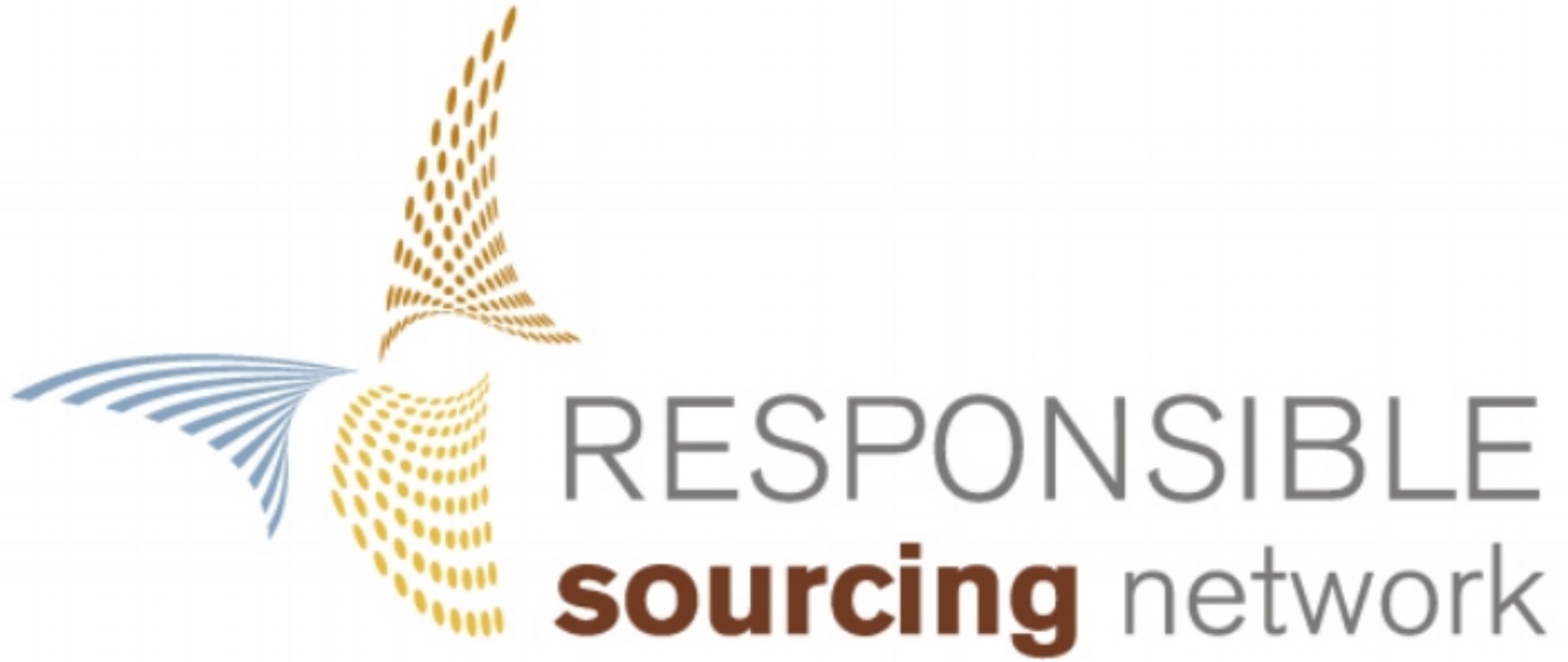As Commitments Escalate in Uzbekistan to End Forced Labor, Vigilance Needs to Continue
Photo by Uzbek German Forum for Human Rights 2016
Last month, Uzbekistan departed from the company of North Korea, South Sudan, and Turkmenistan in their human trafficking rankings when the U.S. Department of State released its 2018 Trafficking in Persons Report (TIP), which provides a tool for foreign governments to address modern slavery. The report listed Uzbekistan on the “Tier 2 Watch List,” an improvement from its position on Tier 3 - the lowest tier in the report - since 2016. The State Department explained its upgrade of Uzbekistan to the Tier 2 Watch List was because it “does not fully meet the minimum standards for the elimination of trafficking; however, it is making significant efforts to do so.”
The TIP Report references that in 2017, the Government of Uzbekistan increased pay for cotton pickers, made efforts to demobilize some government-directed labor sectors, allowed access to third party monitors, engaged with activists, and publicly acknowledged forced labor in the cotton harvest as a problem. Despite these changes, the TIP Report also cited a long list of actions that the Uzbek government still must implement to end forced labor. They include, but are not limited to, improving working conditions, not requiring laborers to pay replacement workers, and providing adequate mechanisms to enable citizens to refuse participation in the cotton harvest. The TIP Report acknowledged that “government-compelled forced labor remained during the 2017 cotton harvest.”
Although the Cotton Campaign (of which RSN is a co-founder) welcomes these new comments and efforts by the government, Uzbekistan still has a way to go before systematic forced labor is eliminated completely. According to the International Labor Organization’s (ILO) report, Third-Party Monitoring of Measures Against Child Labour and Forced Labour During the 2017 Cotton Harvest in Uzbekistan, an estimated 336,000 forced laborers picked cotton in Uzbekistan in 2017. The ILO extrapolated this number from phone interviews with 1,000 Uzbek citizens. The Uzbek-German Forum for Human Rights (UGF), similarly, found evidence of forced labor in each of the seven regions it monitored in Uzbekistan, which is described in detail in its report on the 2017 cotton season, We Pick Cotton out of Fear: Systematic forced labor and the accountability gap in Uzbekistan. Additionally, UGF found examples of extortion, manipulation, redeployment of students and teachers to farms after they were recalled, and heightened levels of forced labor in the last weeks of the harvest, all of which demonstrate that the ILO’s approximation of forced laborers is likely underestimated.
We need to be cautious about when we declare the end of systematic forced labor in Uzbekistan. Although the Government of Uzbekistan might have new laws, decrees, and statements, we want to be sure there is country-wide implementation on the ground, and there is punishment for those that break the law. The Cotton Campaign supports UGF’s approach of interviewing workers after the harvest has ended and cross-checking the information with documentation and data collected by undercover monitors, as well as mentioned in social media. This approach provides an understanding of the full picture of any abuses that may have occurred and accountability -- or lack thereof -- for those abuses. Although both ILO and UGF report incidences of forced labor in the 2017 cotton harvest, there are differences in their methodologies and approaches to data collection. The ILO finished interviews earlier in the season than UGF, and the two organizations captured different populations of interviewees. Due to their differing methods, the combination of UGF and ILO’s research will lead to a more comprehensive understanding of systemic forced labor in Uzbekistan and when it is considered to be eliminated.
The Cotton Campaign released a list of reform recommendations for the Uzbek government to implement to end systemic forced labor. We are calling on the government to lay out a roadmap that will lead to the end of forced mobilized labor and promote a culture of prevention and accountability. Seeing the enactment of these policies and procedures, enforcement on the ground, and undercover verification that the exploitation has ended over several cotton seasons, will give assurance to the Cotton Campaign that the systemic mobilization of forced laborers for cotton production has ended.
The Uzbek Cotton Pledge has now been updated to include cotton production, rather than just the harvest. A 2017 UGF report documented forced mobilization of workers for weeding and other pre-harvest activities. The evidence collected demonstrate forced labor occurred throughout Uzbekistan cotton production. Also, the pledge now includes a determination by the Cotton Campaign, in addition to verification by the ILO of the elimination of forced labor in cotton production in Uzbekistan. The addition of the Cotton Campaign creates confidence of significant and long-lasting change for cotton pickers in Uzbekistan and warrants an appropriate time to sunset the pledge.
The hard work of numerous stakeholders to abolish forced labor in Uzbekistan may finally be starting to have an effect. However, with the embedded abuse of forced labor in the cotton industry being part of the culture of Uzbekistan for three-quarters of a century, transitioning the sector will not happen overnight. RSN and other Cotton Campaign members are offering advice and recommendations where appropriate for policy changes and pilot projects, and look forward to the day when we can welcome Uzbek cotton and cotton products to the global marketplace.

